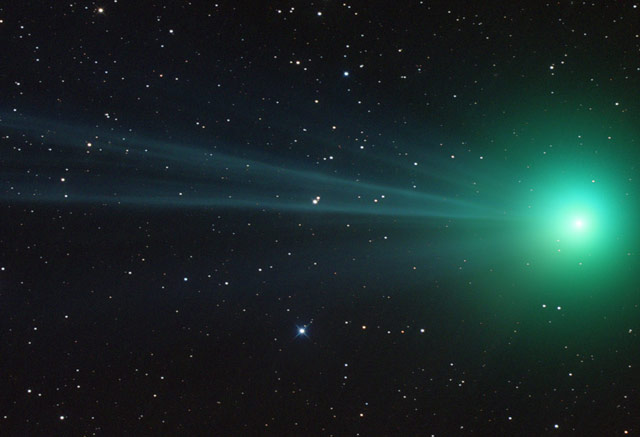Hi everybody!
Here's the latest article from the Astronomy site at BellaOnline.com.
Does Sound Travel through Space
Can sound travel in space? The short answer is no, but it's not so simple. We can't hear the sound waves, but the Sun produces them. And then there's the black hole that astronomers have detected endlessly singing a B-flat over tens of thousands of light years.
http://www.bellaonline.com/articles/art29542.asp
*Higgs Boson*
The big science story this week was the announcement from CERN that they're pretty sure that they've found the Higgs boson. This is evidence for the Higgs field which fills space. As particles interact with it, they acquire mass. If all subatomic particles were massless they would be zipping around at light speed, as photons do, and there would be no atoms. Neither we nor the universe we know would exist.
In search of a good clear explanation of the Higgs, I looked at a number of blogs and found the following infographic, called “Higgs boson: A Bluffer's Guide.” I liked science writer Ben Gilliland's graphics and the Higgs field with zombies, but please note that zombies are not part of the standard model of the Universe!
http://www.cosmonline.co.uk/sites/default/files/pictures/Higgs-bluffers-pt2_1.gif (Click to enlarge.)
*Aurorae and volcanos*
Here is a recent Astronomy Picture of the Day which shows an aurora and an erupting volcano in Iceland, taken by Sigurdur H. Stefnisson. http://apod.nasa.gov/apod/image/1207/volcanoaurora2_shs_960.jpg The APOD notes include the question “Is Earth the Solar System's only planet with both auroras and volcanos?”
We have no evidence of current volcanic activity on any other planet, so the answer would be “no”. However if the question were about any other Solar System *body*, then the answer is “yes”. Here is an APOD picture of aurorae on Jupiter's moon Io, the most volcanically active body in the Solar System. (Galileo Project, University Of Arizona (PIRL), JPL, NASA ) http://apod.nasa.gov/apod/image/9810/ioaurora_gal.jpg Interactions between Jupiter and Io cause aurorae on both planet and moon.
If you want to learn more about Io, here is an article on “Jupiter's Galilean Moons.” http://www.bellaonline.com/articles/art42279.asp
*APOD in Spanish*
The Astronomy Picture of the Day is now available in Spanish. If you speak Spanish or are learning it or know someone else who is, this may interest you. http://observatorio.info
To participate in online discussions, this site has a community forum all about Astronomy located here - http://forums.bellaonline.com/ubbthreads.php?ubb=postlist&Board=323
Please visit astronomy.bellaonline.com for even more great content about Astronomy.
I hope to hear from you sometime soon, either in the forum or in response to this email message. I welcome your feedback!
Do pass this message along to family and friends who might also be interested. Remember it's free and without obligation.
I wish you clear skies.
Mona Evans,
Astronomy Editor
.
astronomy Newsletter








